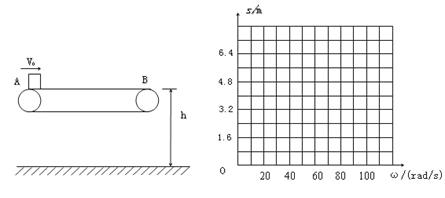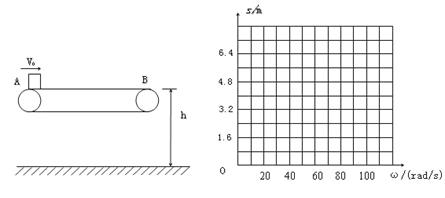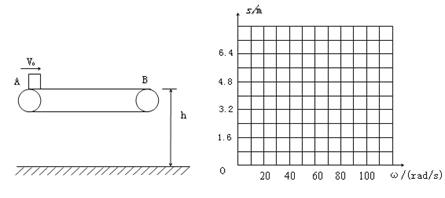
科目: 來(lái)源: 題型:閱讀理解
| A.His bad habit. | B.His bad teeth. | C.Not smiling. | D.Eating too much sugar. |
| A.they don’t like smiling | B.they think they are ugly |
| C.their teeth are not beautiful | D.they can’t open their mouths |
| A.not smile often | B.laugh all the time |
| C.neiter smile nor laugh | D.smile and even laugh often |
| A.Either 300 or 30 times a day. | B.Between 7 and 15 times a day. |
| C.Around 300 times a day. | D.Only 30 times a day. |
查看答案和解析>>
科目: 來(lái)源: 題型:
查看答案和解析>>
科目: 來(lái)源: 題型:
查看答案和解析>>
科目: 來(lái)源: 題型:

查看答案和解析>>
科目: 來(lái)源: 題型:

查看答案和解析>>
科目: 來(lái)源: 題型:

查看答案和解析>>
科目: 來(lái)源: 題型:

查看答案和解析>>
科目: 來(lái)源: 題型:

查看答案和解析>>
科目: 來(lái)源: 題型:
| A.where | B.when | C.why | D.how |
查看答案和解析>>
科目: 來(lái)源: 題型:
| A.where | B.when | C.why | D.how |
查看答案和解析>>
百度致信 - 練習(xí)冊(cè)列表 - 試題列表
湖北省互聯(lián)網(wǎng)違法和不良信息舉報(bào)平臺(tái) | 網(wǎng)上有害信息舉報(bào)專區(qū) | 電信詐騙舉報(bào)專區(qū) | 涉歷史虛無(wú)主義有害信息舉報(bào)專區(qū) | 涉企侵權(quán)舉報(bào)專區(qū)
違法和不良信息舉報(bào)電話:027-86699610 舉報(bào)郵箱:58377363@163.com